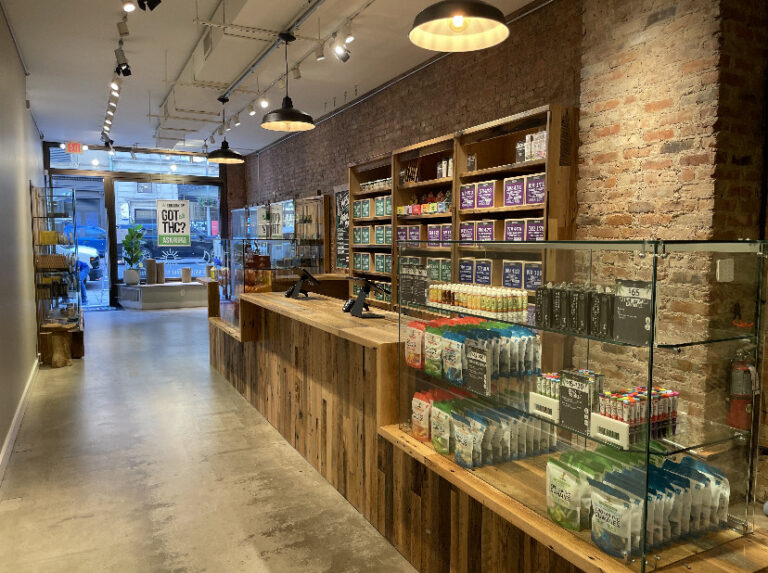What is a virtual kitchen and how does it differ from a traditional restaurant?
- By admin
- July 15, 2023
The global food industry has seen a seismic change as of late, mainly because of the ascent of computerized innovation and conveyance administrations. This has brought about the rise of another idea: the virtual kitchen, otherwise called a phantom kitchen, cloud kitchen, or dim kitchen. It addresses a cutting edge development in food administration, which unmistakably diverges from the conventional model of the eatery. The virtual kitchen concept involves setting up professional food preparation facilities solely dedicated to fulfilling online or delivery-only orders, without a brick-and-mortar dining space or storefront.
A virtual kitchen is basically a business cooking space leased by an eatery or a free culinary specialist. The primary motivation behind a virtual kitchen is to plan food for conveyance or get, without the arrangement for on location eating. They work solely by means of online stages and food conveyance applications, basically working as café kitchens without an actual feasting space. This approach offers huge adaptability, permitting organizations to adjust rapidly to changing customer patterns and market requests.
The conventional eatery, then again, depends on an actual area to serve clients. It integrates a kitchen where feasts are ready as well as an eating region where benefactors devour the food on location. They are social center points, giving a space to individuals to meet up, celebrate, or just partake in a feast. These foundations depend vigorously on atmosphere, client assistance, and in-person collaborations.
The vital contrasts between a virtual kitchen and a customary eatery are tracked down in their functional models. In a virtual kitchen, land and above costs are essentially lower since there is no requirement for an eating space, server team, or broad stylistic layout. The attention is totally on food arrangement and conveyance. This less fatty working model takes into account trial and error with assorted foods or ideas without huge monetary gamble.
Conversely, conventional cafés include significant beginning ventures. These incorporate renting or buying an ideal spot, redesigning the space, recruiting team of waiters, and advancing the business. The expenses are higher, yet the client experience stretches out past the food, enveloping the atmosphere and administration.
Virtual kitchens can likewise adjust all the more rapidly to changes on the lookout. They can undoubtedly test new dishes or menus and answer quickly to shifts in purchaser inclinations. For instance, on the off chance that a particular cooking becomes famous in a specific region, a virtual kitchen can rapidly add it to their menu.
Taking everything into account, both virtual kitchens and customary eateries enjoy remarkable benefits and difficulties. While virtual kitchens give cost-effectiveness, adaptability, and flexibility, they miss the mark on face to face feasting experience that customary eateries offer. Alternately, conventional eateries give a vivid feasting experience however accompany higher above costs and less functional adaptability. The virtual kitchen concept involves a restaurant that operates exclusively for takeout or delivery, without a physical dining area, leveraging online platforms and apps to reach its customers.







